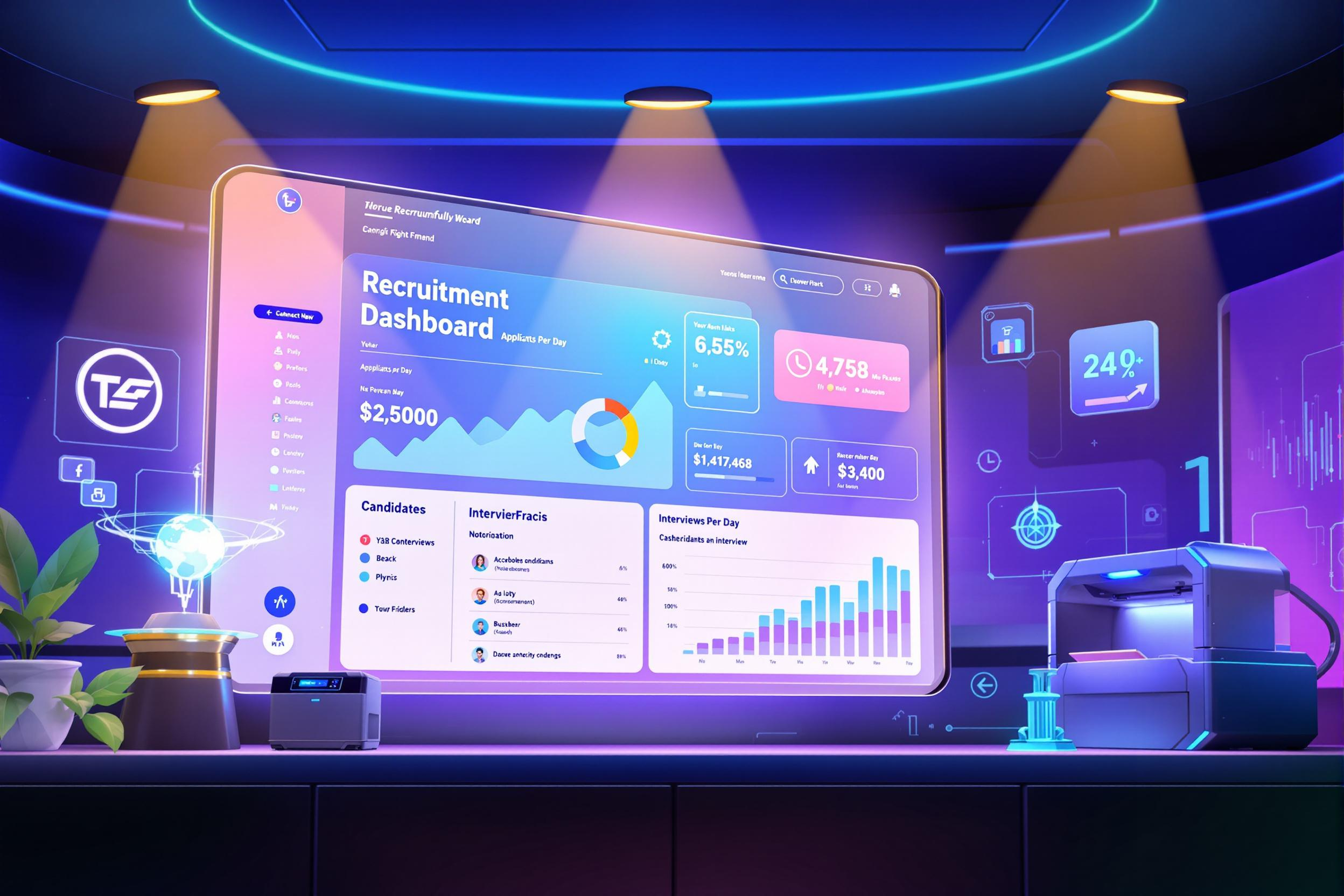
Artificial Lighting
Artificial Lighting refers to the specialized lighting systems used in aquariums to support aquatic life and plant growth. It's like creating a miniature sun for underwater environments. This includes different types of lights (LED, fluorescent, or metal halide) that help maintain proper day/night cycles for fish and provide the right light spectrum for coral and plant growth. Just as plants in a garden need sunlight, aquatic life needs specific light conditions to thrive. This term often appears in job descriptions where candidates need to understand how to set up, maintain, and adjust lighting systems for different types of aquatic environments.
Examples in Resumes
Managed Artificial Lighting systems for a 500-gallon reef aquarium display
Implemented energy-efficient Artificial Lighting upgrades across 20 display tanks
Monitored and maintained Artificial Light cycles for sensitive coral species
Typical job title: "Aquarium Technicians"
Also try searching for:
Where to Find Aquarium Technicians
Online Communities
Professional Networks
Industry Organizations
Example Interview Questions
Senior Level Questions
Q: How would you design a lighting system for a large-scale coral reef exhibit?
Expected Answer: Should discuss assessment of tank size, coral species requirements, budget considerations, energy efficiency, and backup systems. Should mention scheduling, maintenance plans, and staff training needs.
Q: What factors do you consider when upgrading an existing lighting system?
Expected Answer: Should explain cost-benefit analysis, energy efficiency, compatibility with existing systems, impact on aquatic life during transition, and long-term maintenance requirements.
Mid Level Questions
Q: How do you troubleshoot common lighting system problems?
Expected Answer: Should describe checking for bulb issues, timer malfunctions, water damage, and explain basic repair procedures while maintaining safe conditions for aquatic life.
Q: Explain how different types of aquatic life require different lighting conditions.
Expected Answer: Should demonstrate knowledge of various species' light requirements, day/night cycles, and how to adjust lighting for different types of fish, corals, and plants.
Junior Level Questions
Q: What are the basic components of an aquarium lighting system?
Expected Answer: Should identify main parts like bulbs, fixtures, timers, and explain basic maintenance and safety procedures.
Q: How do you maintain a regular lighting schedule for an aquarium?
Expected Answer: Should explain basic timer operation, daily checks, and understanding of day/night cycles for aquatic life.
Experience Level Indicators
Junior (0-2 years)
- Basic lighting system maintenance
- Understanding of timer programming
- Daily system checks
- Basic aquarium maintenance
Mid (2-5 years)
- Lighting system troubleshooting
- Species-specific lighting requirements
- Water quality monitoring
- Equipment repair and replacement
Senior (5+ years)
- System design and installation
- Staff training and supervision
- Complex exhibit management
- Budget planning and management
Red Flags to Watch For
- No hands-on experience with aquarium systems
- Lack of knowledge about different lighting types and their purposes
- Unable to explain basic maintenance procedures
- No understanding of aquatic life requirements




